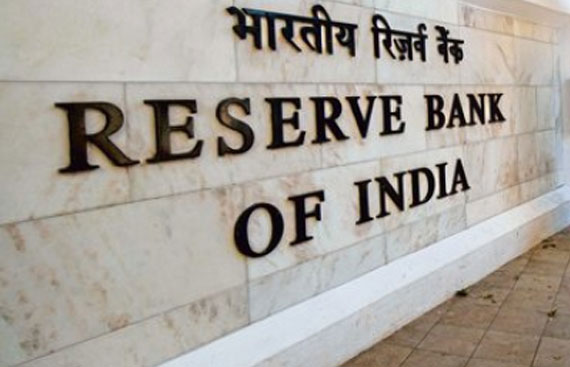RBI Panel Calls For Strong Corporate Governance in CICs

New Delhi: An RBI Working Group (WG) has suggested that core investment companies (CICs) should implement stronger governance practices like formation of board level committees, appointment of independent directors, and internal audits.
These are part of the recommendations submitted by the Working Group (WG) to review regulatory and supervisory framework for Core Investment Companies (CICs) set up in July 2019. The group was headed by Tapan Ray, former Secretary at the Ministry of Corporate Affairs.
Core investment companies are non-banking financial companies (NBFCs) that hold not less than 90% of their net assets in the form of investment in equity shares, preference shares, bonds, debentures, debt or loans in group companies.
Experts have been seeking review of CIC guidelines ever since defaults by Infrastructure Leasing and Financial Services Ltd (IL&FS), a large systemically important core investment company.
In September 2018, Infrastructure Leasing and Financial Company (IL&FS), a CIC with over 300 subsidiaries, defaulted on its payment following which over Rs 90,000 crore worth of combined banking sector exposure was declared as non-performing or bad asset in the subsequent months.
The working group led by former Corporate Affairs Secretary Ray has suggested capital contribution by a CIC in a step-down CIC, over and above 10% of its owned funds, be deducted from its adjusted net worth, as applicable to other NBFCs. They are also against allowing step-down CICs to invest in any other CIC.
RBI formed the working group in July to review regulatory and supervisory framework for CICs. RBI has on Wednesday made their report public and invited public comments on it.
"Currently, corporate governance guidelines are not explicitly made applicable to CICs. To strengthen the governance practices, the working group recommends constitution of board level committees viz. audit committee, nomination and remuneration committee and group risk management committee," the report said.
Unlike NBFCs, which are required to constitute committees of the board, no such corporate governance standards are mandated for CICs. The same director could be part of boards of multiple companies in a group, including CICs.
"In a few cases, the working group said, it has been observed that the CIC had lent funds to group companies at zero percent rate of interest with bullet repayment of 3-5 years and without any credit appraisal," it said.
Further, the committee also proposed preparing consolidated financial statements and ring-fencing the boards of CICs by excluding employees or executive directors of group companies from its board.
The report highlighted that the absence of restriction on the number of CICs that can exist in a group and non-deduction of capital of CICs for their exposures in group companies (including in step down CICs), creates scope for excessive leveraging.
The Working Group, therefore, suggested that step-down CICs may not be permitted to invest in any other CIC while allowing them to invest freely in other group companies. That apart, the committee also suggested that the capital contribution by a CIC in a step-down CIC, over and above 10% of its owned funds, should be deducted from its adjusted net worth, as applicable to other NBFCs.
The number of layers of CICs in a group, it said, should be restricted to two and any CIC within a group shall not make investments through more than a total of two layers of CICs, including itself.
Currently, CICs are not required to submit off-site returns or statutory auditors certificate (SAC).
The committee recommended that offsite returns may be designed by RBI and prescribed for CICs on the lines of other NBFCs.
"Annual SAC submission may also be stipulated. Onsite inspection of the CICs may be conducted periodically," it added.
In August 2019, there were 63 CICs registered with RBI. As on March 31, 2019, the total asset size of the CICs was 2.63 trillion and they had 87,048 crore (approx.) of borrowings.
The top five CICs consist of around 60% of the asset size and 69% borrowings of all the CICs taken together. The borrowing mix consists of debentures (55%), commercial papers (16%), financial institutions, other corporates (16%) and bank borrowings (13%).
Read More: Indian Start-ups Can Create 1.2 Million Direct Jobs by 2025
Importance of Business Process Modeling & Optimization for Indian SMBs in Retail
